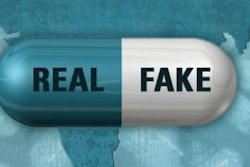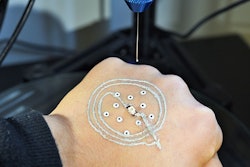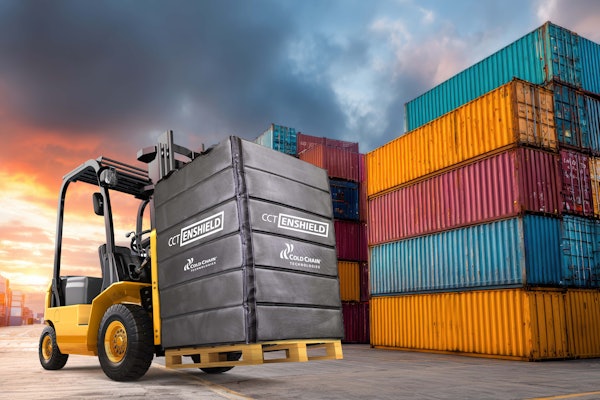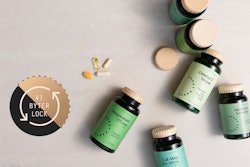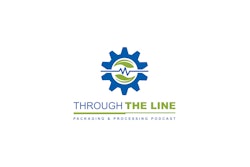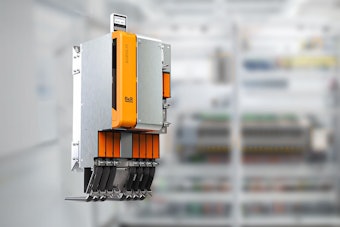This content was written and submitted by the supplier. It has only been modified to comply with this publication’s space and style.
Robin Van Landeghem, director of technology, global films, will be offering attendees insights on how to design for low extractables, as well as trends driving the latest innovations. Materials and processes will be reviewed and a case study will be used to illustrate commercial possibilities.
“Increases in healthcare costs have spurred packaging innovation for patient-friendly, self-administrated drug delivery forms that can be delivered in a home setting. Economics have driven the shift from vial/syringe combinations to prefilled syringes and ultimately, to flexible packaging reservoirs in medical devices. Not only does this approach lower costs, but patients also reduce their exposure to nosocomial infections,” explains Van Landeghem.
Critical to providing the right properties for these delivery systems are flexible packaging structures with low extractables. Stability and environmental considerations and challenges include: time, temperature, moisture loss/ingress, oxygen ingress, light (photostability), sterility and extractables/leachables/sorption. Product dispensing criteria and interaction studies also need to be taken into consideration.
The paper will also discuss the attributes of various materials and processes used to develop multilayer structures suitable for parenteral liquid drug reservoirs.
Organized by AMI, Medical Fluid Bags 2018 will examine the latest advances in the design and production of polymer bags and pouches for fluid containment in a diverse range of medical applications.
>>For more information, click here



